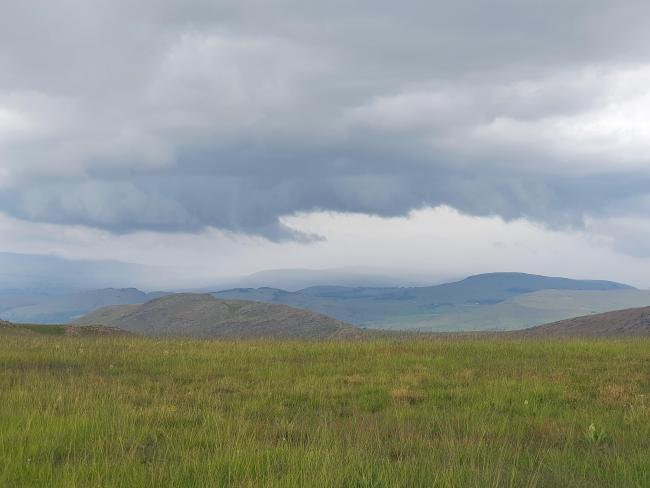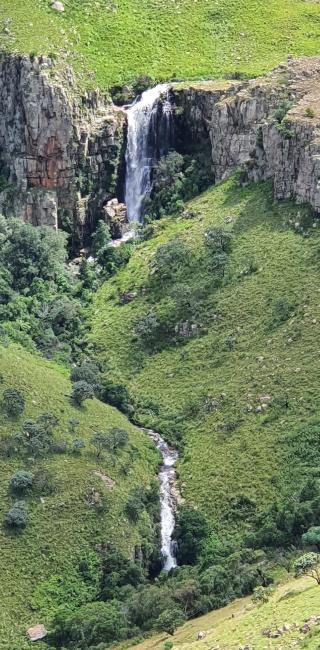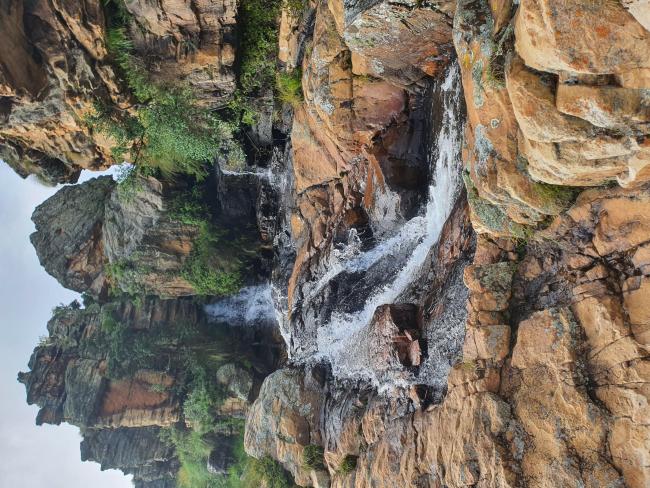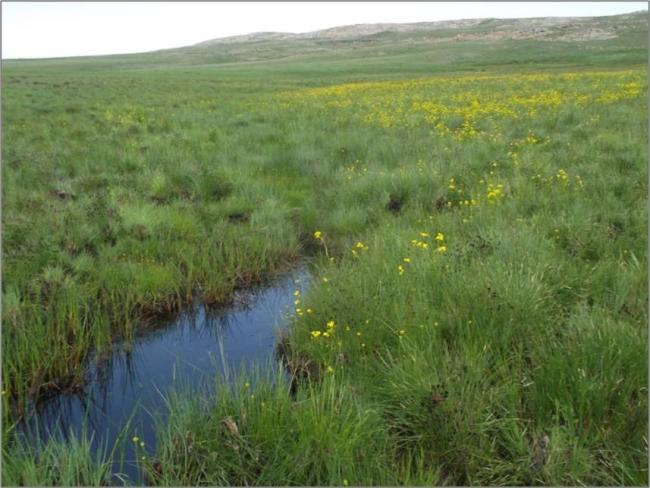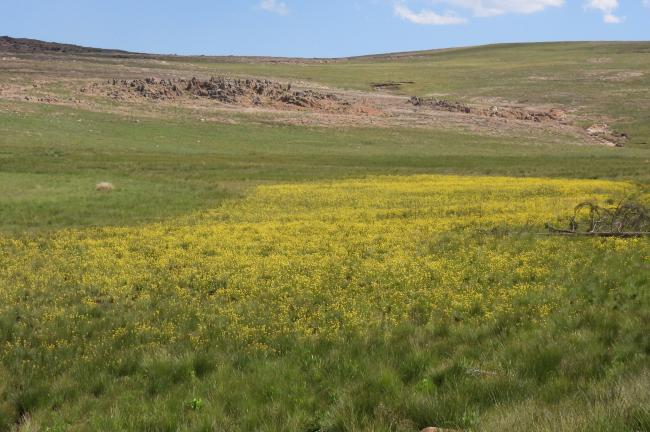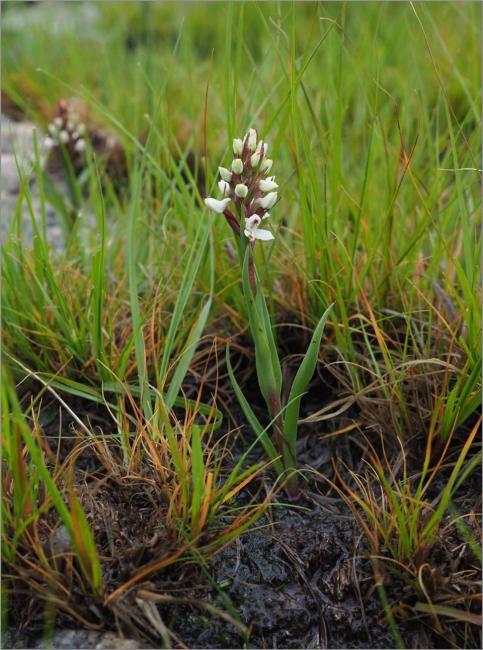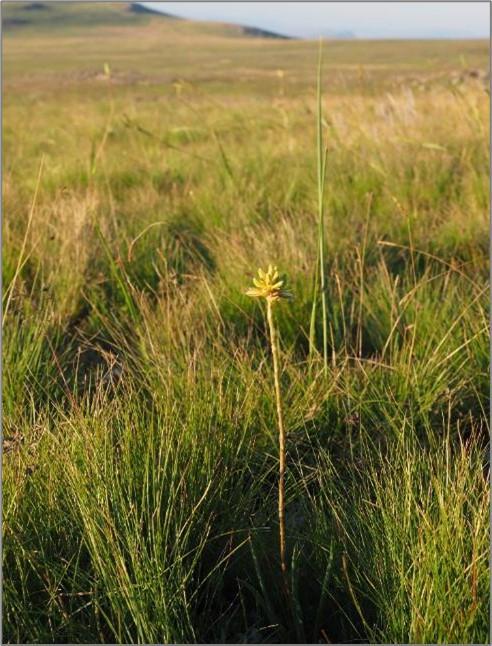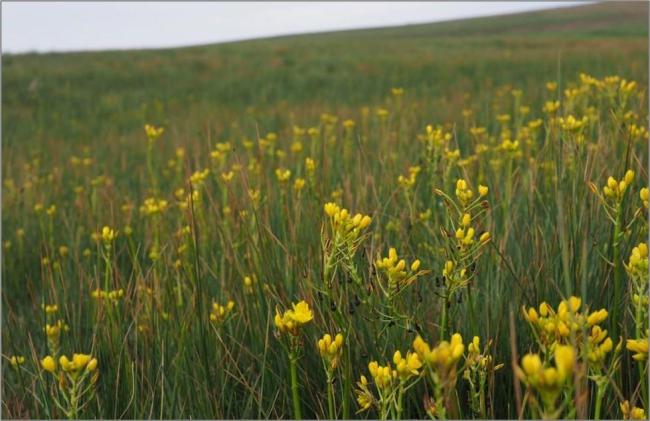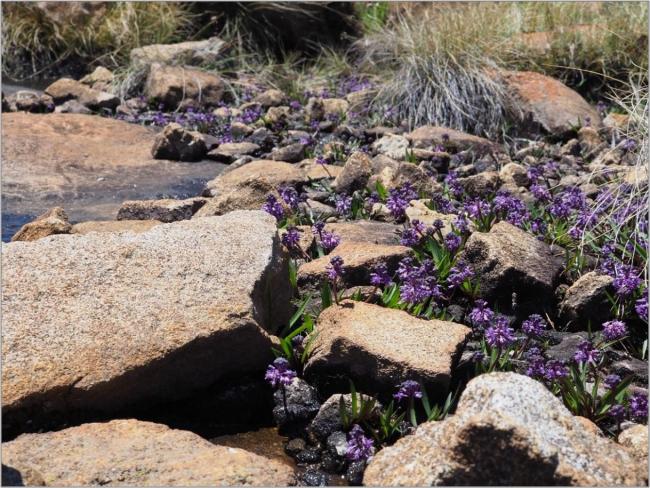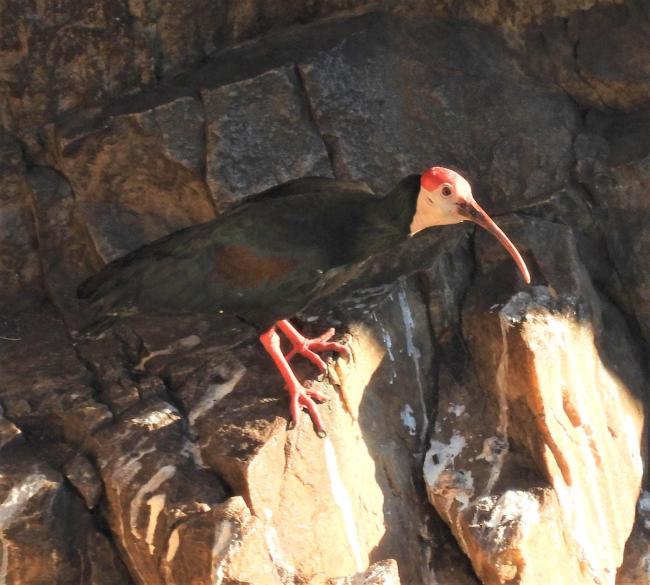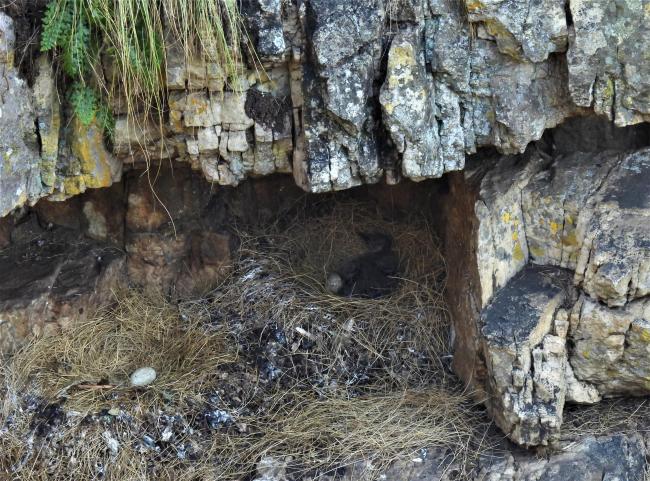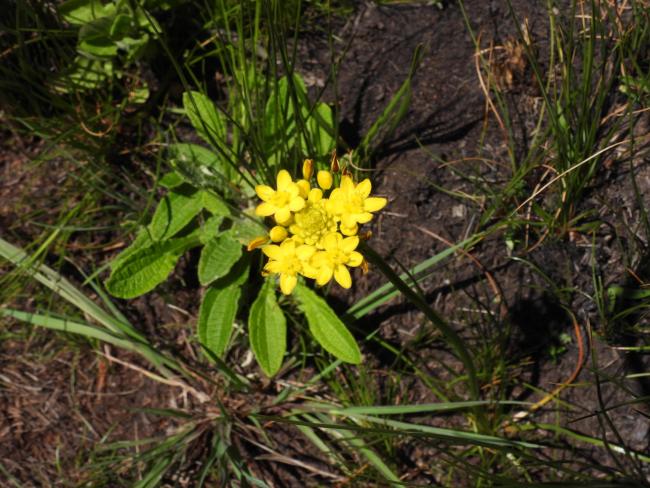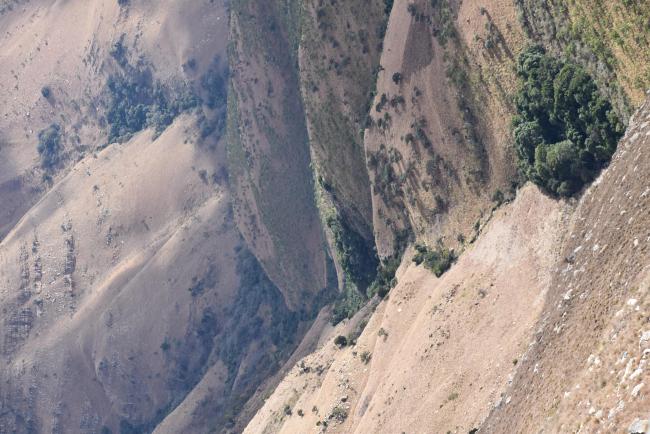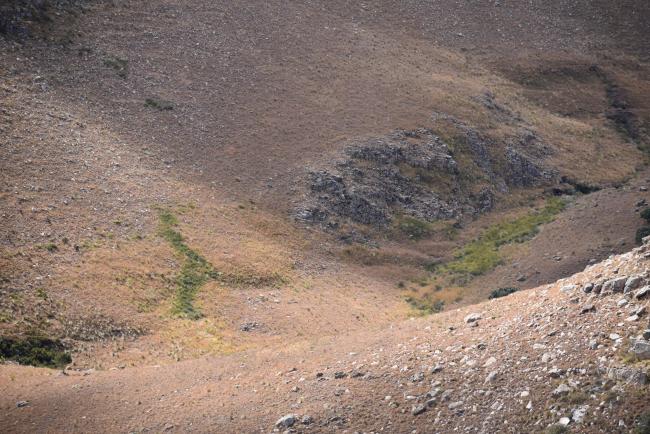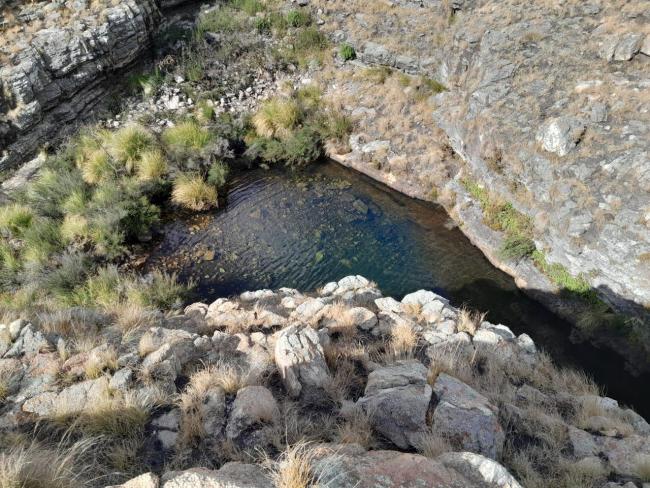De Berg Nature Reserve
De Berg Nature Reserve
- Country:
- South Africa
- Site number:
- 2532
- Area:
- 1,265.5 ha
- Designation date:
- 02-02-2024
- Coordinates:
- 25°12'42"S 30°08'48"E
Carousel
CarouselMaterials presented on this website, particularly maps and territorial information, are as-is and as-available based on available data and do not imply the expression of any opinion whatsoever on the part of the Secretariat of the Ramsar Convention concerning the legal status of any country, territory, city or area, or of its authorities, or concerning the delimitation of its frontiers or boundaries.
The Site is a high-altitude wetland located about 20 kilometres north of Dullstroom along the headwaters of the Dwars River in the Olifants River Basin. The Reserve is made up of different ecosystems types including over 70 wetlands that account for approximately 185 hectares (14.5%) of its surface area. These wetlands consist of rivers running along valley bottoms, marginal sheet rock seep wetlands, permanently saturated peat wetlands (mires), mountain streams, and ten waterfalls; they are some of the most pristine and diverse in the grassland biome of South Africa. The Site supports the Steenkampsberg and Sekhukhune montane grassland communities, which are vulnerable vegetation types endemic to this region. It is a biodiversity hotspot because of its exceptional wealth of species. The water catchment is a Critical Biodiversity Area and a National Freshwater Ecosystem Priority Area for the country. The Reserve is home to various waterbird species, including the African finfoot (Podica senegalensis) and grey crowned crane (Balearica regulorum), and raptors such as the African marsh harrier (Circus ranivorus), African grass owl (Tyto capensis) and black harrier (Circus maurus). The cliffs of the Site also host a breeding colony of southern bald ibis (Geronticus calvus).. The Site is important for regulating groundwater recharge, for water storage, and for flood control during intense rainfall events. It also serves as a laboratory for research.
- Nature reserve - De Berg Nature Reserve
- ZA2532RIS_2401_en.pdf
- ZA2532_map230914.pdf
- ZA2532_map230914_1.pdf
- ZA2532_map231002.pdf
